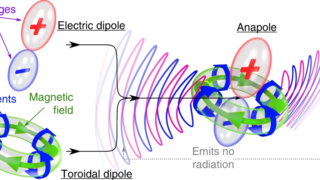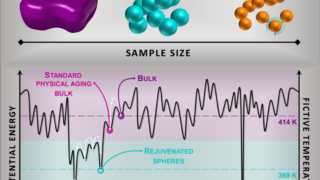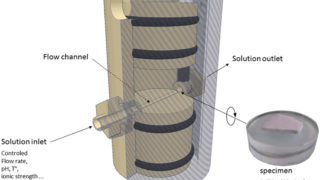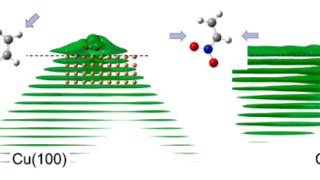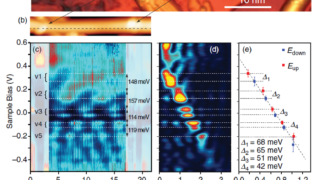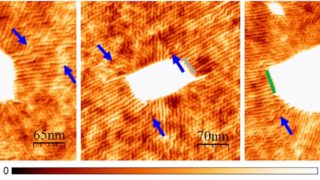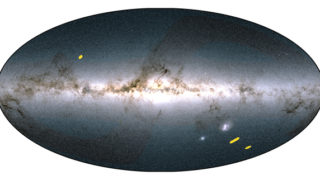
Simulation methods for open quantum many-body systems
It is very difficult to obtain exact solutions to systems involving interactions between more than two bodies, using either classical mechanics or quantum mechanics. To understand the physics of many-body systems, it is necessary to make use of approximation techniques or model systems that capture the essential physics of the problem. T he complexity of […]
